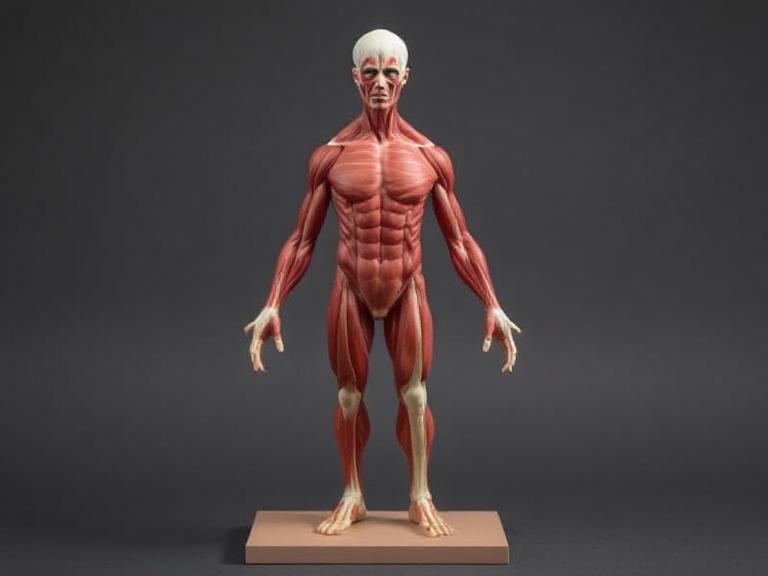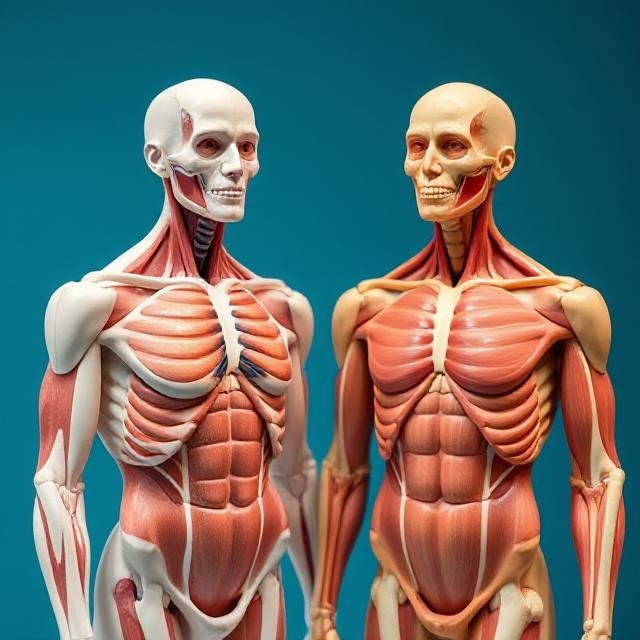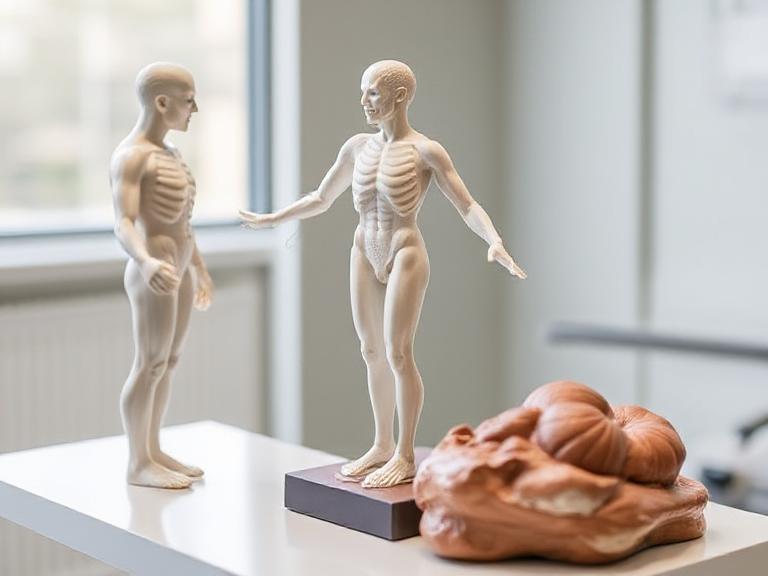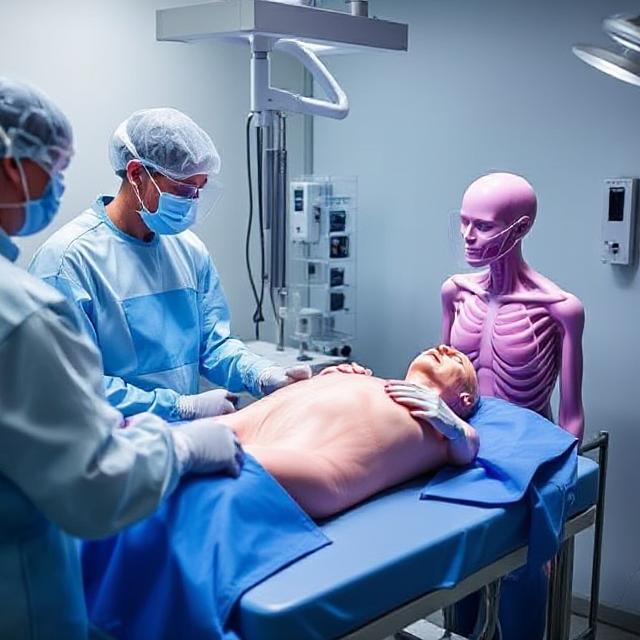For aspiring doctors, nurses, and healthcare professionals, understanding human anatomy is the foundation of effective medical practice. One of the most effective ways to deepen that understanding is through the use of **high-quality anatomy models**. These models allow students to visualize structures in 3D, explore relationships between organs, and practice essential procedures safely.
In this comprehensive guide, we’ll explore the 6 best anatomy models for medical students in 2025, explaining their features, uses, and what makes them indispensable for anatomy learning. We’ll also introduce Medtacedu—a trusted manufacturer of medical training and educational models.

Table of Contents
- Introduction to Anatomy Models
- About Medtacedu
- Top 6 Anatomy Models for Medical Students
- How to Choose the Right Anatomy Model
- Benefits of Using Anatomy Models in Medical Education
- Summary Table of Key Takeaways
- Frequently Asked Questions (FAQs)
- References
Introduction to Anatomy Models
Anatomy models are essential teaching tools for students studying medicine, nursing, biology, and allied health sciences. They offer a hands-on, visual representation of the human body, enabling learners to study the skeletal, muscular, nervous, circulatory, and organ systems in detail.
Whether made of durable plastic or realistic silicone, these models provide tactile learning experiences that improve memory retention and comprehension.
About Medtacedu – Precision in Medical Education Models
Medtacedu specializes in the design and manufacturing of high-quality silicone and plastic models for medical training, tactical simulation, and science education. With over 15 years of production expertise, Medtacedu provides both standardized and customizable solutions for clients worldwide.
What Our Products Can Do
- Tactical Training: Realistic wound dressing models and trauma manikins for emergency and combat training.
- Medical Demonstration & Testing: Silicone-based disease and procedure models for enhanced clinical training.
- Science Education: Customizable veterinary and scientific education tools.
- Injection Models: Training aids for intradermal (ID), subcutaneous (SC), intramuscular (IM), and intravenous (IV) injections.
Medtacedu’s extensive catalog includes Tactical Training Models, Injection Models, Beauty Injection Models, and Medical Simulators, all designed with accuracy and durability to meet professional standards.
Top 6 Anatomy Models for Medical Students in 2025
1. Full Human Torso Anatomy Model

A classic choice for medical students, the full human torso model includes removable organs such as the heart, lungs, stomach, liver, intestines, and kidneys. Ideal for visualizing organ placement and spatial relationships.
- Detachable parts for interactive study
- Color-coded structures for clarity
- Durable plastic material for long-term use
2. Muscular System Model

This model highlights over 600 muscle groups in the human body, making it perfect for understanding human movement and function.
- Shows superficial and deep muscles
- Useful for physiotherapy and kinesiology students
- Available in both male and female anatomical variants
3. Skeletal System Model
The skeletal model is indispensable for learning about bone structure, articulation, and skeletal landmarks. Most models feature flexible joints and labeled bones.
- Life-size representation
- Articulated joints for realism
- Removable skull cap and limbs for detailed study
4. Brain and Nervous System Model
Understanding neuroanatomy can be challenging, but a brain model makes it easier. It usually divides into multiple parts to show structures like the cerebrum, cerebellum, and brainstem.
- Sectioned design for easy visualization
- Includes labeling for major lobes and nerves
- Useful for neurology and psychology training
5. Heart and Circulatory System Model
These models allow students to study the internal and external structures of the human heart and blood vessels. They are essential for understanding cardiovascular physiology and pathology.
- Cross-sectional views for blood flow demonstration
- Realistic coloring and texture
- Removable parts for hands-on practice
6. Medtacedu Advanced Silicone Medical Simulator
Among the most advanced anatomy models in 2025, Medtacedu’s silicone simulators combine realistic tissue textures with modular designs. These are used not just for education but also for medical device testing and surgical simulation.
- Customizable for specific medical procedures
- Durable silicone material for realistic feedback
- Widely used in universities, hospitals, and research centers
How to Choose the Right Anatomy Model
When selecting an anatomy model, consider the following factors:
- Educational Purpose: Choose models based on your specialization—musculoskeletal for physiotherapy, organ systems for general medicine, etc.
- Material: Silicone models are more realistic, while plastic models are durable and affordable.
- Size and Detail: Life-size models provide a complete view, while smaller ones are portable for classroom use.
- Budget: Invest in quality models that will last throughout your education.
Benefits of Using Anatomy Models in Medical Education
Incorporating anatomy models in learning environments provides numerous educational benefits:
- Enhanced Understanding: Students grasp spatial relationships between organs and systems more effectively.
- Improved Retention: Visual and tactile learning improves memory retention compared to textbook-only study.
- Safe Skill Practice: Enables procedural training without risk to real patients.
- Interactive Learning: Encourages teamwork, hands-on exploration, and inquiry-based learning.
Summary Table of Key Takeaways
| Model Type | Best For | Material | Key Feature |
|---|---|---|---|
| Human Torso Model | General Medical Education | Plastic | Removable organs |
| Muscular System Model | Physiotherapy & Anatomy Study | Plastic | Detailed muscle mapping |
| Skeletal System Model | Orthopedic & Anatomy Training | Plastic | Flexible joints |
| Brain Model | Neuroanatomy & Psychology | Silicone | Multi-part sectioning |
| Heart Model | Cardiology & Physiology | Plastic/Silicone | Internal structure detail |
| Medtacedu Simulator | Advanced Surgical Training | Silicone | Realistic tissue feedback |
Frequently Asked Questions (FAQs)
1. Why are anatomy models important for medical students?
They offer 3D visualization, tactile interaction, and realistic simulations that textbooks cannot provide.
2. Which material is better: silicone or plastic?
Silicone provides realistic texture and flexibility, while plastic offers durability and affordability.
3. Can I customize my anatomy models?
Yes, companies like Medtacedu offer OEM and ODM services to create customized educational models.
4. How should I maintain my anatomy models?
Clean them regularly with mild soap and water. Avoid exposure to heat or direct sunlight to prevent warping.
5. Where can I buy professional anatomy models?
You can purchase them directly from manufacturers like Medtacedu or authorized educational equipment suppliers.






